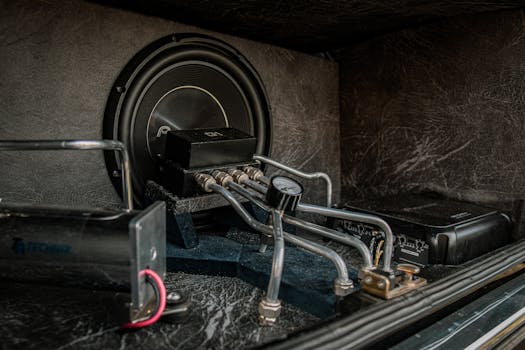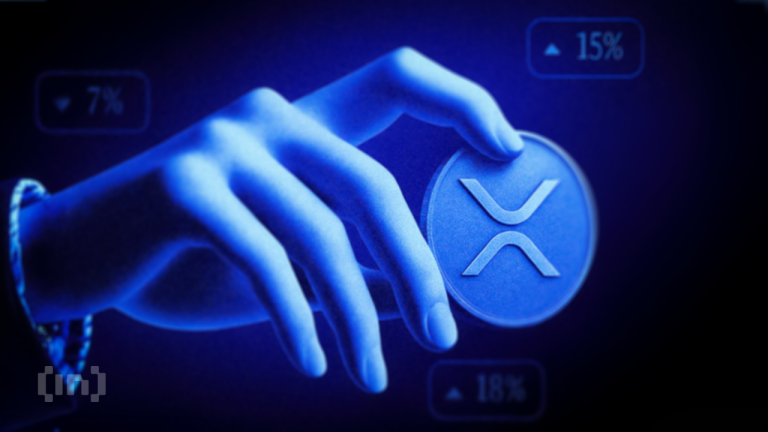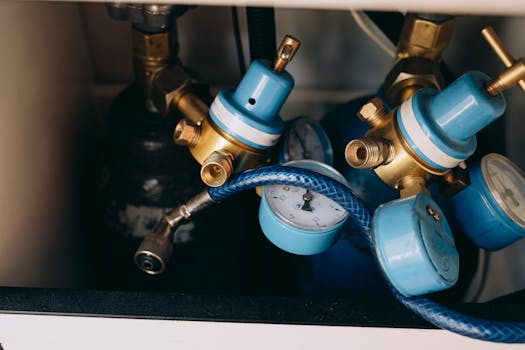
Common Mechanical Failures and How to Troubleshoot Them
Takeaways: Understanding common mechanical failures can save time and money. This guide provides insights into typical issues, effective troubleshooting strategies, and tips for prevention, ensuring your equipment remains in optimal condition.
Mechanical systems, whether in vehicles, appliances, or industrial machinery, are susceptible to various failures. Identifying the issue promptly can mean the difference between a simple fix and a costly repair. In this article, we will discuss some of the most common mechanical failures and provide a comprehensive troubleshooting guide to help you address these issues effectively.
1. Overheating Engines
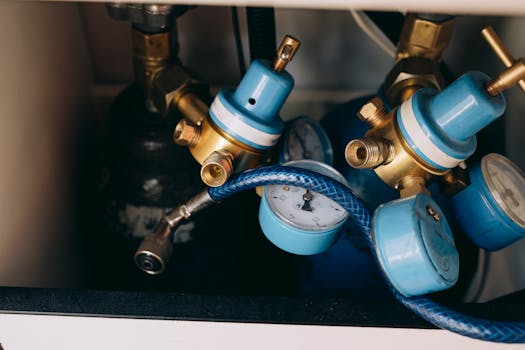
- Check Coolant Levels: Ensure that the coolant reservoir is filled to the appropriate level. If it’s low, top it up with the correct coolant mixture.
- Inspect the Thermostat: A stuck thermostat can prevent coolant flow. Remove the thermostat and test it in boiling water to see if it opens correctly.
- Examine the Water Pump: Look for leaks around the water pump and listen for unusual noises. If the pump is failing, it may need to be replaced.
To prevent overheating, ensure regular maintenance, including coolant changes, and inspect the cooling system periodically.
2. Worn Out Bearings
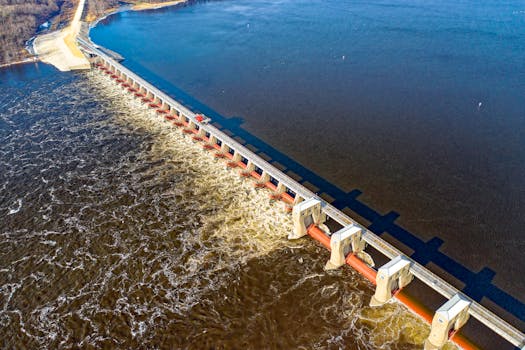
- Listen for Unusual Noises: Grinding or squeaking sounds can indicate worn bearings. If you hear these sounds, stop the machine and inspect the bearings.
- Check for Excessive Play: Wiggle the shaft connected to the bearing. If there’s excessive play, the bearings may need replacement.
- Inspect Lubrication: Ensure that bearings are adequately lubricated. Use the manufacturer’s recommended lubricant and apply it as needed.
To extend bearing life, schedule regular maintenance, and ensure proper lubrication and load distribution.
3. Electrical Failures

- Check Fuses and Breakers: Start by inspecting fuses or circuit breakers. Replace blown fuses and reset tripped breakers as necessary.
- Inspect Wiring: Look for frayed or damaged wires. Repair or replace any faulty wiring to restore functionality.
- Test Electric Motors: If an electric motor isn’t working, check its power supply and connections. Use a multimeter to test continuity and voltage.
Regularly inspect electrical components and wiring to prevent failures and ensure safety.
4. Hydraulic System Failures
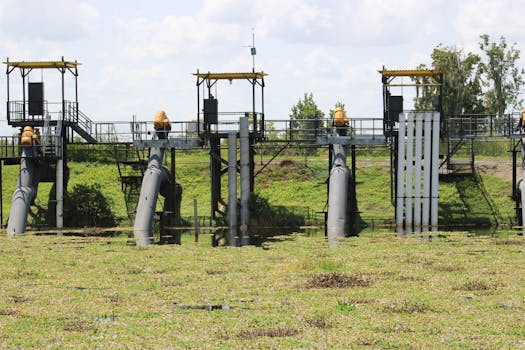
- Identify Leaks: Inspect hoses and fittings for leaks. Tighten connections or replace damaged hoses as necessary.
- Check Fluid Condition: Ensure that hydraulic fluid is clean and at the appropriate level. Contaminated fluid can cause system failure.
- Test the Pump: Listen for unusual noises from the pump, and check for pressure fluctuations. If the pump is faulty, it may need to be serviced or replaced.
Regular maintenance of hydraulic systems is essential to prevent failures and extend equipment life.
Conclusion
